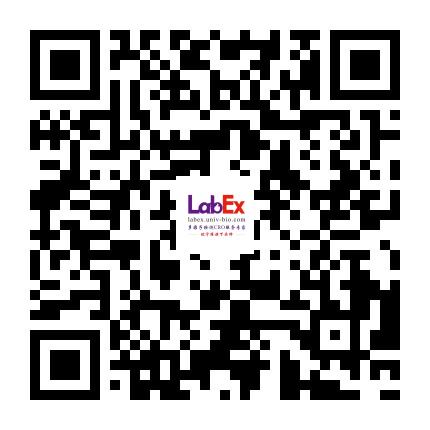Deep transfer learning of structural magnetic resonance imaging fused with blood parameters improves brain age prediction
blood biochemical indicators;brain age;deep transfer learning;dementia-associated biomarkers;magnetic resonance imaging;multimodal data fusion LabEX支持文献- Hum Brain Mapp
- 2021
- 5.399
- 43(5):1640-1656.
- Human
- MSD
- Plasma
- 生物标志物
- 衰老
相关货号
Abstract
LabEx MSD平台助力探索脑结构磁共振成像和血液参数的模型
本周为大家带来的文献为发表于Hum Brain Mapp. (IF: 4.8)的” Deep transfer learning of structural magnetic resonance imaging fused with blood parameters improves brain age prediction”。本文使用了LabEx提供的MSD检测服务。
大量研究表明,人脑的形态在衰老过程中会发生变化。此外,据报道,阿尔茨海默病(AD)等神经退行性疾病会加速大脑老化和萎缩。研究发现,较高的预测脑龄与许多神经精神疾病有关,其中不仅包括神经变性,如轻度认知障碍(MCI)和注意力缺失症,还包括脑外伤、精神分裂症、癫痫和唐氏综合症。预测脑年龄与实际年龄之间的“年龄差距”被视为评估大脑健康的潜在生物标志物。机器学习已被应用于神经成像数据,以估算大脑年龄和捕捉神经退行性疾病的早期认知障碍。神经丝轻链等血液参数与衰老有关。为了提高脑年龄预测的准确性,研究者构建了一个基于脑结构磁共振成像(sMRI)和血液参数的模型。
LabEx提供的MSD检测服务:
血浆中的 NFL 含量由 LabEx(Univ-bio,中国上海)使用 Meso Scale Discovery (MSD) 电化学发光法和相应的试剂盒测定。

血液参数浓度与实际年龄的关系
重要发现:
研究者招募了健康受试者(n = 93;37 名男性;年龄 50-85 岁)。首先在从多个开源数据集下载的大量核磁共振成像扫描数据集(n = 1,481; 659 名男性; 年龄 50-85 岁)上对深度学习网络进行预训练,为研究者的招募数据集提供权重。在招募数据集上评估网络,得出的平均绝对误差(MAE)为 4.91 岁,与年代年龄的相关性很高(r = .67,p <.001)。然后,将 sMRI 数据与 GLU、TG、TC、载脂蛋白 A1 和载脂蛋白 B 等 5 个血液生化指标,以及 ApoE 基因型、HCY、NFL、TREM2、Aβ40、Aβ42、T-tau、TIMP1 和 VLDLR 等 9 个痴呆相关生物标记物结合起来,构建了一个双线性融合模型,从而实现了更准确的脑年龄预测(MAE,3.96 岁;r = .76,p <.001)。值得注意的是,融合模型在老年受试者(70-85 岁)组中取得了更好的改善。提取的网络注意图显示,杏仁核、苍白球和嗅觉对年龄估计有效。中介分析进一步表明,大脑结构特征和血液参数具有独立且显著的影响。所构建的年龄预测模型在基于核磁共振成像和血液参数评估大脑健康方面具有广阔的应用前景。
本网站销售的所有产品及服务均不得用于人类或动物之临床诊断或治疗,仅可用于工业或者科研等非医疗目的。







 沪公网安备31011502400759号
沪公网安备31011502400759号
 营业执照(三证合一)
营业执照(三证合一)


